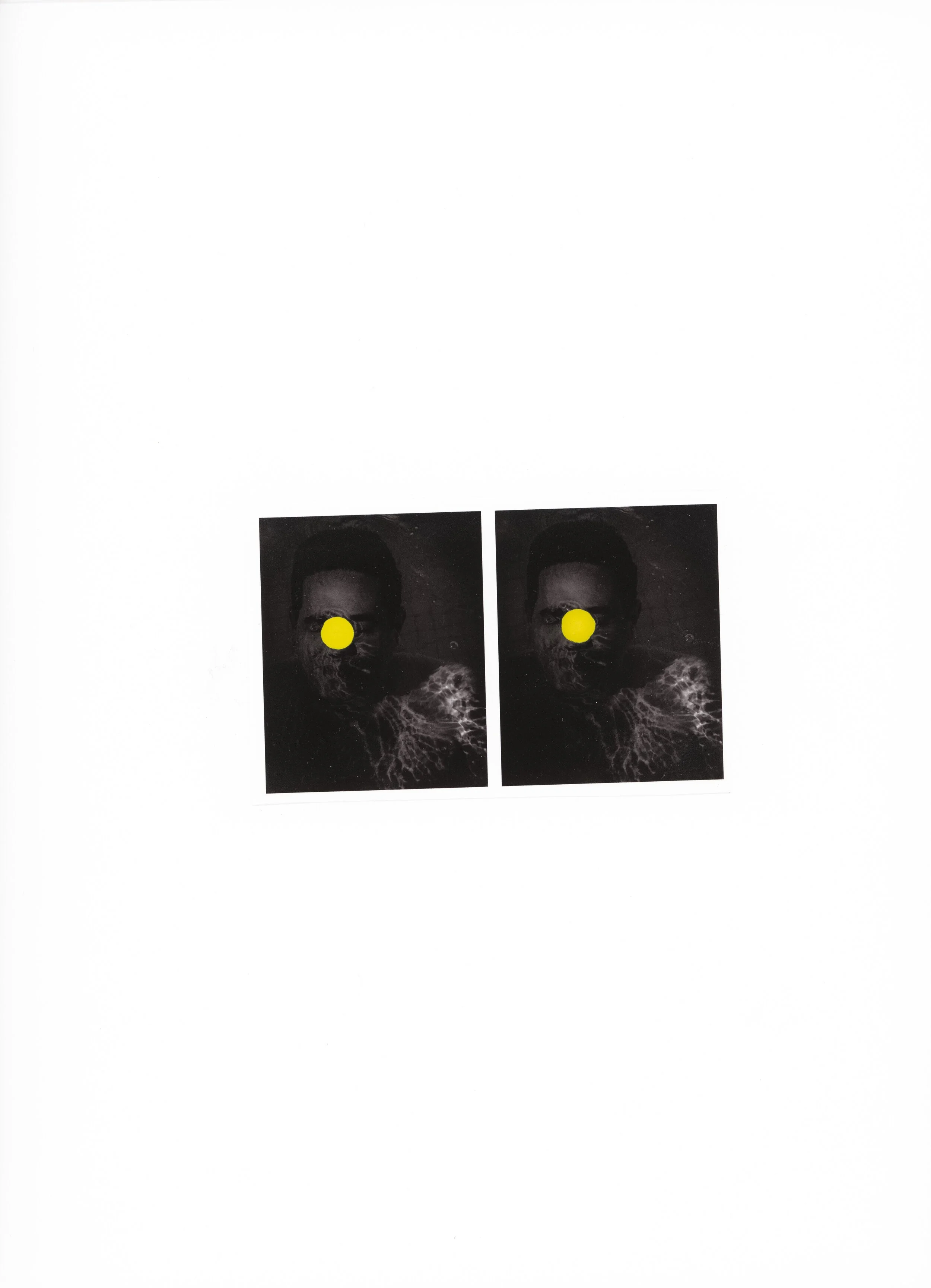Darksome | The Scottish Highlands have a power to capture the imagination in a way that few places on this planet can. Perched on the craggy edge of the North Atlantic, the Highlands instantly conjure up images of rocky precipices, lonely lochs, and rainswept moors. And indeed, their reputation as one of the world’s great epicenters of gray and gloom is well earned. Fort William, the largest town in the Western Highlands gets just over 1,000 hours of sunlight per year.
By comparison, that is less than half of the annual sunlight hours of America’s most famous capital of rain, Seattle. Further north than Siberia’s frozen Lake Baikal, windier than the steppe of Mongolia, wetter than London, and more sparsely populated than anywhere in mainland Europe, the Highlands are a destination for those who seek the solace of lonely spaces. I lived in Scotland for four years and took many journeys to the Highlands, including a solo circumnavigation of the Scottish coastline by bike. Darksome is an exploration of these spaces and a love letter to the quiet beauty of desolation and dismal wet.
"This darksome burn, horseback brown,
His rollrock highroad roaring down,
In coop and in comb the fleece of his foam
Flutes and low to the lake falls home.
What would the world be, once bereft
Of wet and of wildness? Let them be left,
O let them be left, wildness and wet;
Long live the weeds and the wilderness yet." from Inversnaid by Gerard Manley Hopkins www.michaelosnyder.com




















